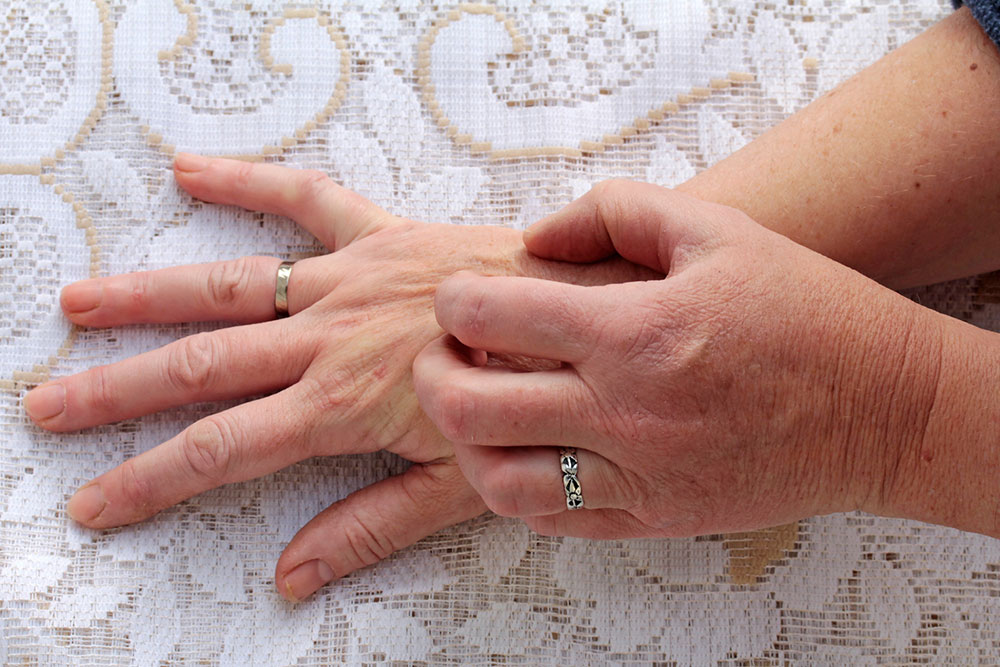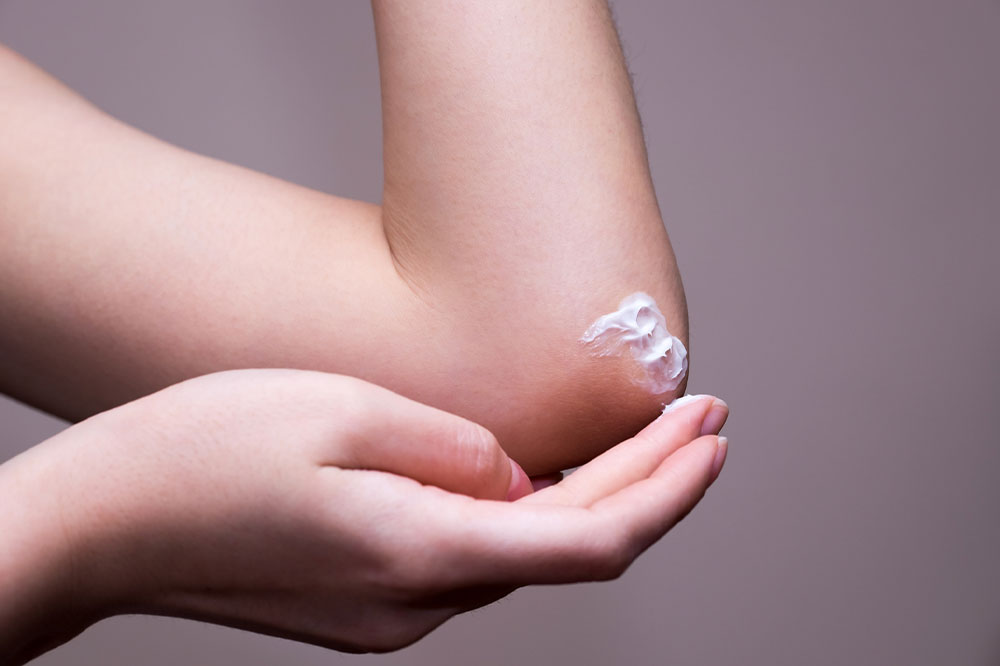Comprehensive Guide to Recognizing Early Signs and Symptoms of Hives
Hives, or urticaria, are sudden, itchy red bumps that can change location rapidly. Recognizing early signs like swelling, itching, and sudden redness helps in timely treatment. This comprehensive guide covers symptoms, triggers, and when to seek urgent medical care, including managing angioedema. Early diagnosis through visual documentation and prompt treatment can prevent serious complications. Whether experiencing occasional outbreaks or persistent symptoms, understanding these signs is essential for effective management and swift recovery. Stay informed to protect yourself from severe allergic reactions and improve quality of life.

Comprehensive Guide to Recognizing Early Signs and Symptoms of Hives
Hives, medically known as urticaria, are a common skin condition characterized by the sudden appearance of raised, itchy red bumps or wheals on the skin's surface. These skin reactions can vary greatly in size and shape, often occurring quickly and unpredictably. Understanding the early signs and symptoms of hives is crucial for effective management and prompt medical intervention, especially because they can sometimes signify allergic reactions that require urgent care.
Typically, hives present as reddish or pinkish elevated swellings that can appear anywhere on the body. They often have a lighter center, giving them a characteristic appearance. These bumps can be as small as a pinpoint or as large as several inches across. The main feature of hives is their rapid development and dynamic nature; they can change location, size, and shape within a matter of hours. This quick shifting can make diagnosis challenging unless one is familiar with their hallmark signs.
Hives tend to resolve on their own within 24 hours, but they frequently reappear elsewhere on the body. For instance, a rash visible in the morning might have disappeared by the afternoon only to emerge in a new area later in the day. This fleeting characteristic is typical of the condition, making it essential to document any visible changes, particularly if they recur or spread.
Sometimes, hives are accompanied by swelling beneath the skin, known as angioedema. Angioedema often affects areas with loose tissue, such as the lips, around the eyes, and even the genitals. This swelling can be quite painful and can sometimes interfere with normal functions, especially if it occurs around the throat or airway, leading to breathing difficulties.
Understanding the earliest warning signs can significantly enhance early detection and treatment. The most common preliminary signs include:
Reddish, raised swellings on the skin that appear suddenly
Intense itching accompanied by irritation
Swelling that appears and subsides within hours but recurs in different locations
Painful swelling around sensitive areas such as the lips, eyelids, or throat
Symptoms worsening with heat exposure, physical activity, or stress
Persistent episodes lasting longer than six weeks with frequent flare-ups
It is essential to consult a healthcare professional if you experience severe symptoms or if the hives are accompanied by signs of a serious allergic reaction. These include:
Difficulty breathing or swallowing
Swelling of the face, lips, tongue, or throat
Dizziness, weakness, or fainting
Wheezing or chest tightness
Persistent or worsening symptoms that do not resolve quickly
In cases of rapid or severe reactions, prompt emergency medical attention is critical. If you notice recurrent hives or angioedema, especially if they interfere with breathing or other vital functions, seek immediate care.
For accurate diagnosis, bringing photographs of the hives during flare-ups can be invaluable. Since these outbreaks often change rapidly, visual documentation helps healthcare providers identify characteristic features, determine triggers, and develop an effective treatment plan. This approach ensures faster recovery and minimizes the risk of complications.
Overall, awareness of early signs and proactive management can significantly improve outcomes for individuals experiencing hives. Recognizing the symptoms early allows for prompt treatment, reducing discomfort and preventing potential severe allergic reactions. If you are frequently experiencing hives or associated angioedema, discuss with your healthcare provider about allergy testing and personalized treatment strategies to manage and prevent future episodes.





